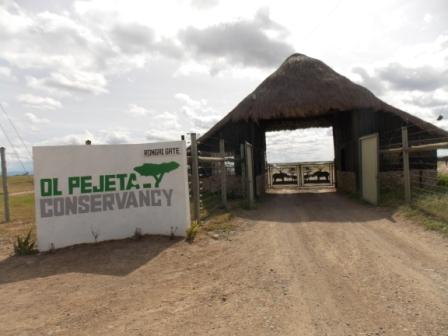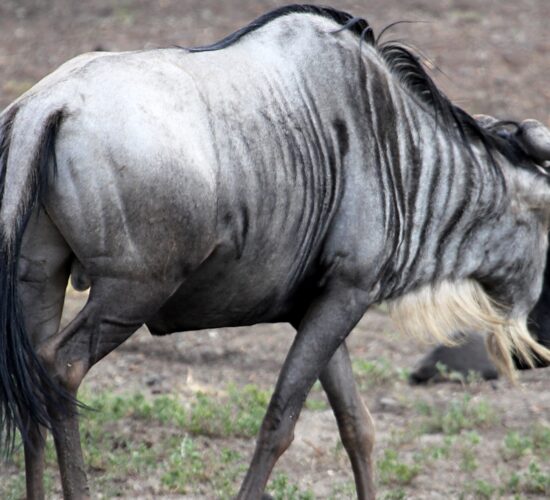Manguo Swamp is a wetland on the Nairobi-Naivasha Road, only 40 minutes from Nairobi’s Central Business District. Manguo is a local lingo that translates into hippo; however, the hippos must have fled some decades ago as the surroundings become more urban


